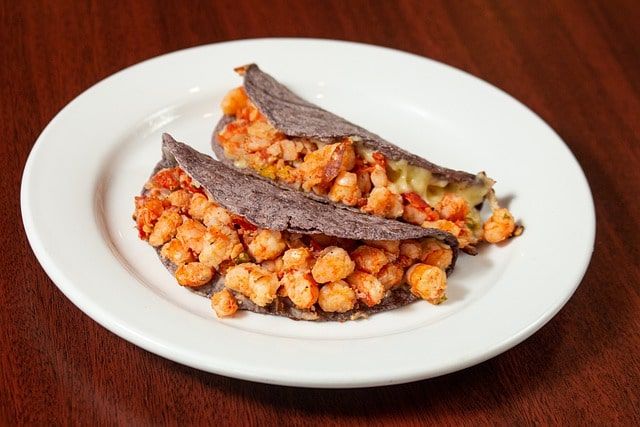Tips for enjoying seafood in a healthy way
The summer will be an ideal time to eat delicious fish and seafood, so if you want to enjoy them safely, we recommend reading these tips.

This summer will be an ideal time to consume rich fish and seafood, so if you want to enjoy them safely, we suggest you read these recommendations.
Fish
When buying fish and seafood there are several things to look out for, such as color or texture, but one unmistakable sign that warns us if the food we are about to buy is fresh or not is its smell. According to academics, fresh seafood does not smell bad, so if the product gives off a strange or unpleasant aroma in the first place, it should be avoided.
Sometimes, it is common that, in fishmongers or itinerant points of sale, there is a very strong smell of decomposed fish, and this may be due to the bad management of waste from these establishments or the lack of hygiene of the place. In spite of this, the food may be in good condition; therefore, it is best to observe and detect the smell of the specific product we want to buy.
In large supermarkets, most fish and seafood is kept in frozen storage to keep it longer, and then defrosted for display. In this case, if we are going to buy a whole fish, some of its physiognomic characteristics, such as the eyes, can be altered and it does not necessarily mean that the product is old or decomposed.
In the case of fillets, a sign that the fish is old is when it begins to darken its tone and the muscle fibers separate as if they were flakes.
Shrimp
In addition to the smell, which is a warning on all marine products, the firmness of the shrimp and the color are indicators of its conservation. A crustacean that is too loose may not be a good sign of freshness.
Although the sizes and colors of shrimp vary if they are wild or farmed products, the color of the shell of these animals is altered and stained when it has been too long exposed to the sun or if it has not been kept well chilled, so it is advisable to seek a characteristic and uniform color.
Many people tend to remove the intestinal tract of the shrimp before consumption, and although it may indeed contain pathogens, many times we do not even realize that we eat it, since the tract is not perceptible in very small sizes of the crustacean.
Finally, during the summer, avoid eating lemon-tanned shrimp, or "aguachile", as it is known in northern Mexico since there is a greater chance of ingesting bacteria than if it is cooked under fire.
Mollusks
Clams, oysters, and other bivalve mollusks are a highly demanded delicacy at this time of year. These animals feed by filtering the nutrients available in the water in which they live, so it is very important to know where these shells come from. It is known that some of the shells that are marketed or sold on the street come from contaminated areas that are in contact with wastewater, as is the case with some types of clams.
A sign that should never be overlooked is that, when buying them in their shells, they should be alive, therefore, closed, or else, closed when touched. When they do not respond to touch, it means that the animal has died and we should not consume it for any reason.
Crab
Although it is a very rich food with important nutritional properties due to the protein in its meat, the crab is known to be a very sensitive product that, in fact, many people avoid because they do not know if it can be eaten safely.
Unlike other seafood, the smell of decomposing crab is not as strong at first, but until it is very advanced. However, naturally, this crustacean contains enzymatic characteristics that accelerate its degradation after capture, so it is common that their marketing is alive or already cooked.
The problem, once cooked, is that, if there is poor hygiene or lack of cold in its handling, the growth of pathogens is favored, and it is possible that it will affect our health, even if we do not detect any bad odor.
The color of its meat is a feature that can also anticipate quality or freshness. Freshly cooked crab flesh is white, and as time passes, it loses that whitish tone and turns beige or yellowish.
Finally, the invitation is to consume marine products all year round, as they are an excellent source of nutrients, and to follow these tips permanently to avoid stomach infections, especially in infants and older adults.




